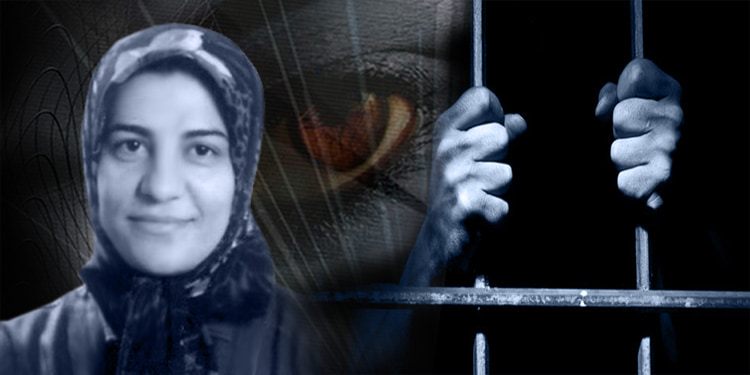From the memoir by Hengameh Haj Hassan – Part Six
Face to Face with the Beast – Content warning: This section contains descriptions of mass executions, torture, and psychological trauma that may be distressing to some readers.
In Part Five, we followed the heartbreaking story of a heroic couple—Afsaneh and Abbas—whose brutal arrest and steadfast resistance under torture ended in execution. In this installment, Hengameh Haj Hassan recounts the horrifying routine of mass executions carried out in Evin Prison during the early 1980s.
The Sound of Gunfire, Again and Again
In Section 209 of Evin, every evening around 6 p.m.—right as they brought us our so-called dinner—we would hear a terrible, crashing sound. It reminded me of a truck dumping a heavy load of iron bars all at once. We couldn’t figure it out at first. It was always around sunset. We thought maybe there was construction happening nearby.
But one night, a fellow prisoner returned from interrogation and told us what it really was: they were taking people out for execution. That night, the sound of metal crashing was louder and more terrifying than ever. And suddenly, we all reached the same realization. Whispering in unison, we said it: Firing squad.
It wasn’t iron being dumped. It was the synchronized volley of dozens of rifles, spitting molten lead into the bodies of our comrades. A crushing silence fell over the cell. We sat together around our bowls of watery soup—if you could call it that—and softly began to sing the anthem of our fallen:
“Oh Iran, land of the martyrs,
Land of eternal lions,
I had vowed to be a fighter,
To join the Mojahedin’s honor,
I gave my life for the people of Iran,
At the break of dawn…”
But the Khomeini regime didn’t wait for dawn. They executed people at dusk, at night, at sunrise—there was no time of day sacred enough to be spared from the slaughter.
Still, we clung to the myth we’d read in books—that executions happened at dawn. So each morning we waited in dread. No one touched their food. Heads were bowed. Silence suffocated the cell.
I remember watching Zahra lift her spoon with trembling hands. But before it reached her mouth, her tears fell, one by one, into her soup. She ate slowly, like someone who had already crossed over to the other side.
When the song ended, I whispered to one of the girls to give me a boost. I climbed up toward the small barred window near the ceiling, hoping to see something—anything. All I saw was another concrete wall. But then we heard it: single gunshots. One by one. The sound of takteer—the final shot to the head, the coup de grâce.
We counted them: more than 120 single shots that night. One shot per person.
It became a nightly ritual:
The crash of the so-called iron bars.
The whispered anthem.
The climb to the window.
The counting of bullets.
The night they executed Mother Kabiri[1], we counted over 220 single shots.
I don’t know how to describe what it felt like to sit there counting them. Each shot was the end of someone we knew. Someone like Tooba, Fahimeh, Nahid—girls I had laughed with, shared bread with, cried with.
And as the count passed 50, 60, 80, 100… and still kept going, your heart would rise into your throat. The sound of every shot echoed through our bones. Our brains felt like they were going to split open.
And when it was finally over, you knew:
The Beast is still thirsty.
It will strike again tomorrow night.
But who will it take next?
I’ve read about the Nazi death camps—how they lured people quietly into gas chambers under the pretense of showers. But in Evin and the other prisons of Khomeini, they did it differently. They tore you to pieces first. They kept you in the claws of death for days, weeks, months, even years. They killed your loved ones in front of your eyes—and then came for you last.
Ashraf Rajavi once said:
“The world will never know what was done to the people of Iran.”
She was right.
To be continued….
[1] Massoumeh Shademani (Mother Kabiri) was a well-known political prisoner under the Shah and a Mojahedin candidate from Tehran in the first parliamentary elections. She is considered one of the legendary symbols of resistance in Khomeini’s prisons.
